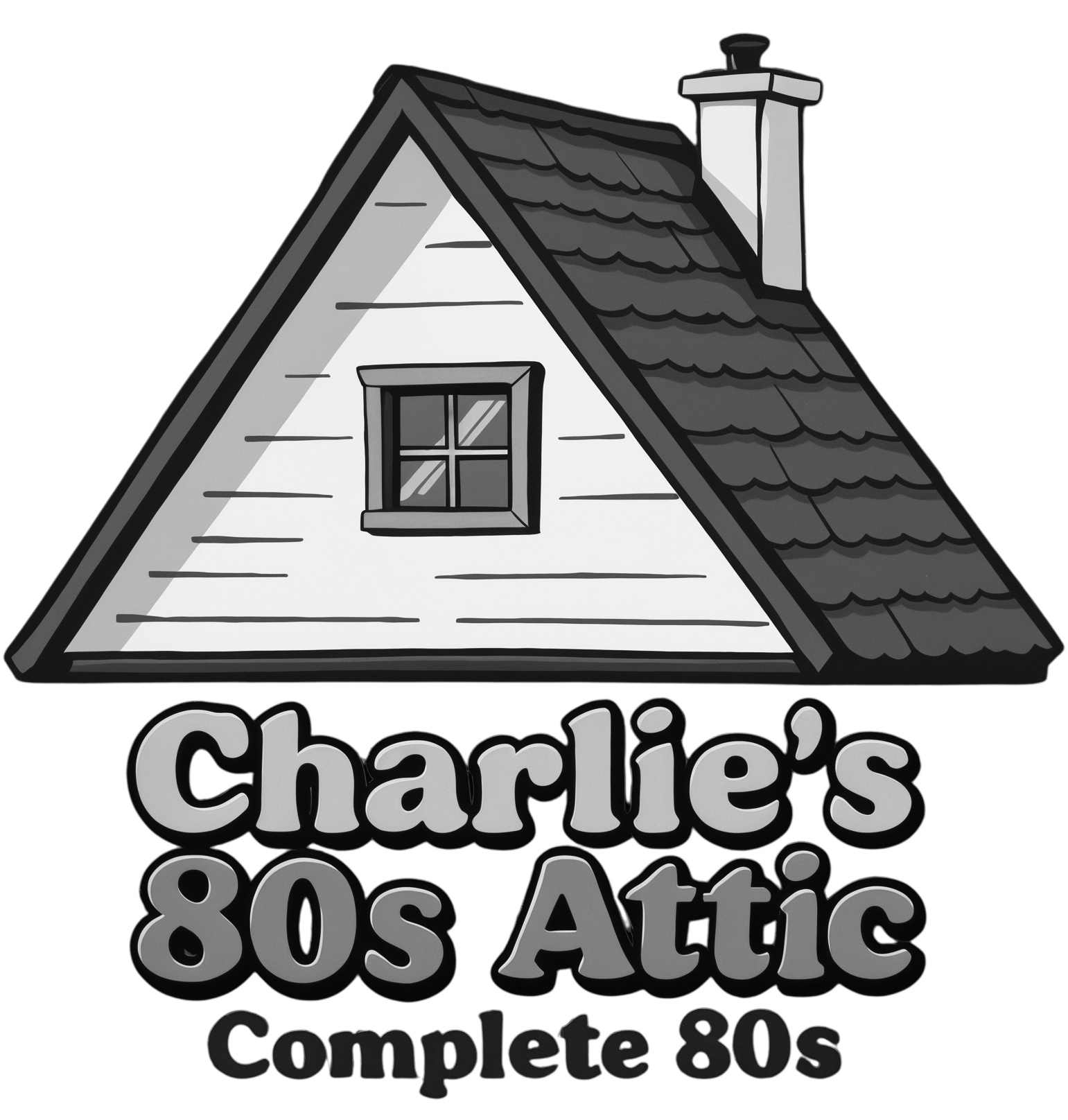On this day in 1986: Dire Straits were at #1 on the U.K. album charts with their fifth studio album, ‘Brothers in Arms.’ By spending ten weeks at #1, the album is the seventh best-selling album in U.K. chart history. ‘Brothers In Arms’ won two Grammy Awards in 1986, and also won Best British Album at the 1987 Brit Awards. ‘Brothers in Arms’ also spent nine weeks at #1 on the Billboard 200 album chart in the U.S, and thirty-four weeks at #1 on the Australian Album Chart.
‘Brothers in Arms’ was recorded from October 1984 to February 1985 at AIR Studios on the island of Montserrat, a British overseas territory in the Caribbean. The album was produced by songwriter Mark Knopfler and Neil Dorfsman, who had engineered Dire Straits 1982 album ‘Love Over Gold’ and Knopfler’s 1983 soundtrack album ‘Local Hero.’
‘Brothers in Arms’ was one of the first albums recorded on a Sony 24-track digital tape machine. The decision to move to digital recording came from Knopfler’s constant striving for better sound quality. “One of the things that I totally respected about him,” Dorfsman observed, “was his interest in technology as a means of improving his music. He was always willing to spend on high-quality equipment.”
Before arriving at Montserrat, Knopfler had written all the songs and rehearsed them with the band. The studio lineup included Knopfler (guitar), John Illsley (bass), Alan Clark (piano and Hammond B-3 organ) and Guy Fletcher, who was new to the band, playing a synth rig that consisted of a huge new Yamaha DX1, a couple of Roland keyboards and a Synclavier. Terry Williams was the band’s then-permanent drummer. The studio itself was small, with a 20-by-25-foot (6 m × 8 m) recording space that offered virtually no isolation. “It was a good-sounding studio,” Dorfsman later recalled, “but the main room itself was nothing to write home about. The sound of that studio was the desk,” referring to the Neve 8078 board.
Knopfler and Dorfsman utilized the limited space to best effect, placing the drum kit in the far left corner, facing the control room, mic’d with Sennheiser MD421s on the toms, an Electro-Voice RE20 and AKG D12 on the kick drum, a Shure SM57 and AKG C451 with a 20 dB pad on the snare, 451s for overheads and the hi-hat, and Neumann U87s set back a little to capture “some kind of ambience”. They placed the piano in a tight booth in the far right corner of the studio, mic’d with AKG C414s. The Hammond B3 was placed nearby, with its Leslie speaker crammed into an airlock next to the control room. Illsley’s bass amplifier was recorded inside a small vocal booth with a Neumann FET 47 and a DI unit. Knopfler’s amplifiers were mic’d with 57s, 451s, and Neumann U67s. Fletcher’s synths were placed in the control room.
During the recording of “Money For Nothing”, the signature sound of Knopfler’s guitar may have been enhanced by a “happy accident” of microphone placement. Knopfler was using his Gibson les Paul going through a Laney amplifier. While setting up the guitar amplifier microphones in an effort to get the “ZZ Top” sound” that Knopfler sought, guitar tech Ron Eve, who was in the control room, heard the “amazing” sound before Dorfsman was finished arranging the mics. “One mic was pointing down at the floor,” Dorfsman remembered, “another was not quite on the speaker, another was somewhere else, and it wasn’t how I would want to set things up—it was probably just left from the night before, when I’d been preparing things for the next day and had not really finished the setup.” What they heard was exactly what ended up on the record; no additional processing or effects were used during the mix.
According to an interview with Neil Dorfsman, the performance of then-permanent drummer Terry Williams was considered to be unsuitable for the desired sound of the album during the first month of the recording sessions. Williams was temporarily replaced by jazz session drummer Omar Hakim, who re-recorded the album’s drum parts during a two-day stay before leaving for other commitments. Both Hakim and Williams are credited on the album, although Williams’ only contribution was the improvised crescendo at the beginning of “Money for Nothing” and “Walk of Life”. Andy Kanavan was briefly with the band as a drummer. Williams rejoined for the music videos and the world tour.
‘Brothers in Arms’ has been described musically as a pop rock album. The music video for “Money For Nothing” received heavy rotation on MTV, and it was the first to be aired on MTV Europe when the network launched on August 1, 1987. It is one of only two Dire Straits songs on a studio album not to be solely credited to Knopfler (the other being “The Carousel Waltz”, which opens the Making Movies album), with guest vocalist Sting given a co-writing credit due to the melody of the repeated “I want my MTV” (sung by Sting) in the song’s fadeout echoing the melody of the Police’s “Don’t Stand So Close To Me.”
“Walk Of Life” was a #2 hit on the U.K. Singles Chart in early 1986 and a #7 hit on the U.S. Billboard Hot 100 later that year. The song was nearly left off the album, but was included after the band out-voted producer Neil Dorfsman.
On the second side of the album, three songs (“Ride Across the River”, “The Man’s Too Strong” and “Brothers In Arms”) are lyrically focused on militarism. “Ride Across the River” uses immersive Latin American imagery, accompanied by synthesized pan flute, mariachi trumpet, a reggae-influenced drum part and eerie background noises. “The Man’s Too Strong” depicts the character of an ancient soldier (or war criminal) and his fear of showing feelings as a weakness. Written during the 1982 Falklands War, “Brothers in Arms” deals with the senselessness of war.
‘Brothers in Arms’ was one of the first albums directed at the CD market, and was a full digital recording at a time when most popular music was recorded on analog equipment. It was also released on vinyl (abridged to fit on one LP) and cassette. Producer Neil Dorfsman says the digital multitrack was mixed on an analog board with the resulting two track mix re-digitized via a Prism A/D converter and recorded on a DAT machine.
‘Brothers in Arms’ was the first album to sell one million copies in the CD format and to outsell its LP version. A Rykodisc employee would subsequently write, “[In 1985 we] were fighting to get our CDs manufactured because the entire worldwide manufacturing capacity was overwhelmed by demand for a single rock title (Dire Straits’ Brothers in Arms).
Here’s what was happening on the U.S. singles chart on this day back in 1986:
1 1 THAT’S WHAT FRIENDS ARE FOR –•– Dionne & Friends (Arista)-13 (3 Weeks at #1) (1)
2 3 BURNING HEART –•– Survivor (Scotti Brothers)-14 (2)
3 5 I’M YOUR MAN –•– Wham! (Columbia)-10 (3)
4 4 TALK TO ME –•– Stevie Nicks (Modern)-12 (4)
5 2 SAY YOU, SAY ME –•– Lionel Richie (Motown)-13 (1)
6 6 MY HOMETOWN –•– Bruce Springsteen (Columbia)-9 (6)
7 11 WHEN THE GOING GETS TOUGH, THE TOUGH GET GOING –•– Billy Ocean (Jive)-10 (7)
8 10 SPIES LIKE US –•– Paul McCartney (Capitol)-11 (8)
9 7 WALK OF LIFE –•– Dire Straits (Warner Brothers)-14 (7)
10 13 GO HOME –•– Stevie Wonder (Tamla)-11 (10)
11 17 HOW WILL I KNOW –•– Whitney Houston (Arista)-9 (11)
12 16 CONGA –•– Miami Sound Machine (Epic)-16 (12)
13 21 KYRIE –•– Mr. Mister (RCA)-7 (13)
14 8 I MISS YOU –•– Klymaxx (Constellation)-21 (5)
15 23 LIVING IN AMERICA –•– James Brown (Scotti Brothers)-9 (15)
16 22 THE SWEETEST TABOO –•– Sade (Portrait)-11 (16)
17 19 GOODBYE –•– Night Ranger (MCA / Camel)-13 (17)
18 20 SIDEWALK TALK Jellybean featuring Madonna (EMI-America)-12 (18)
19 9 PARTY ALL THE TIME –•– Eddie Murphy (Columbia)-18 (2)
20 25 LIFE IN A NORTHERN TOWN –•– Dream Academy (Warner Brothers)-10 (20)

